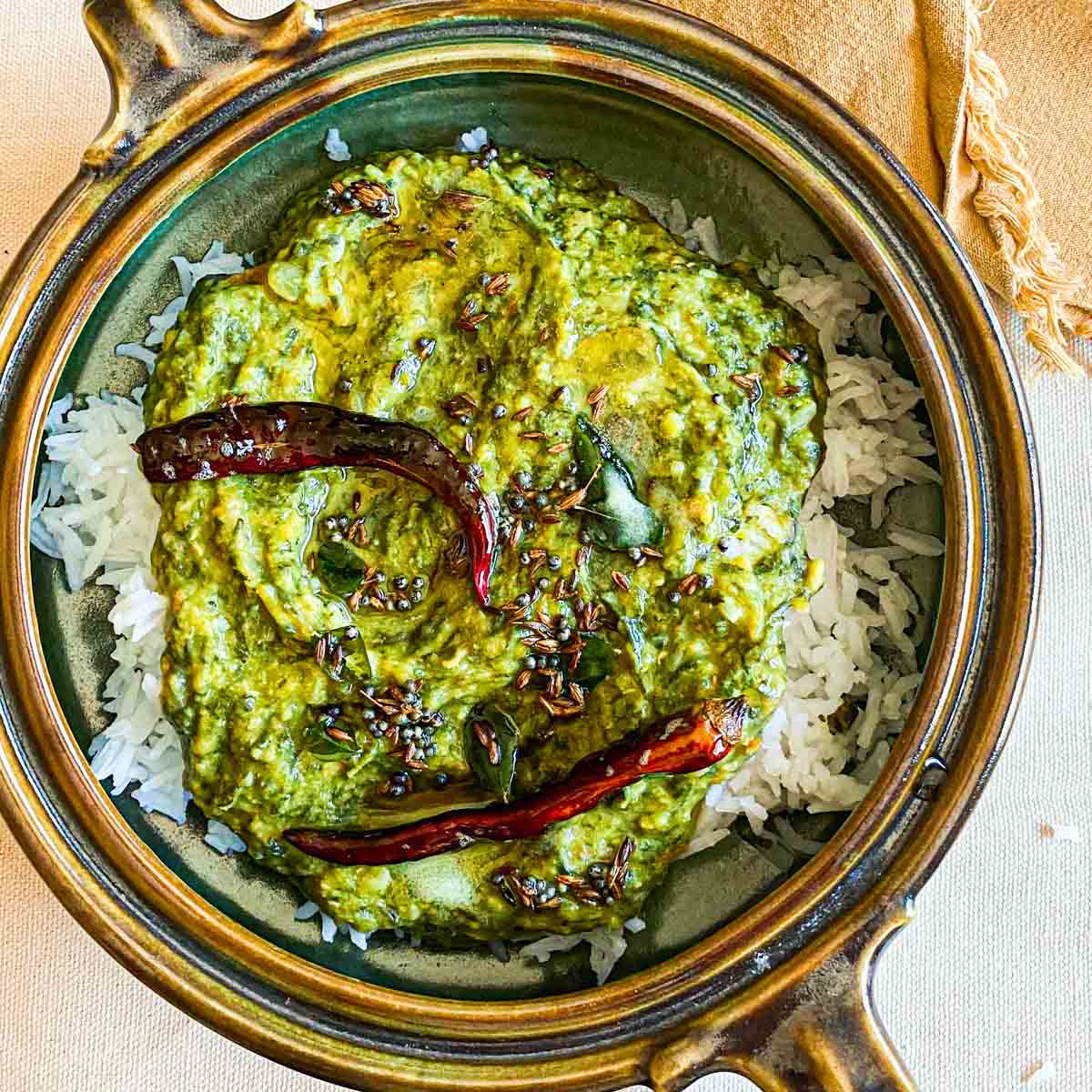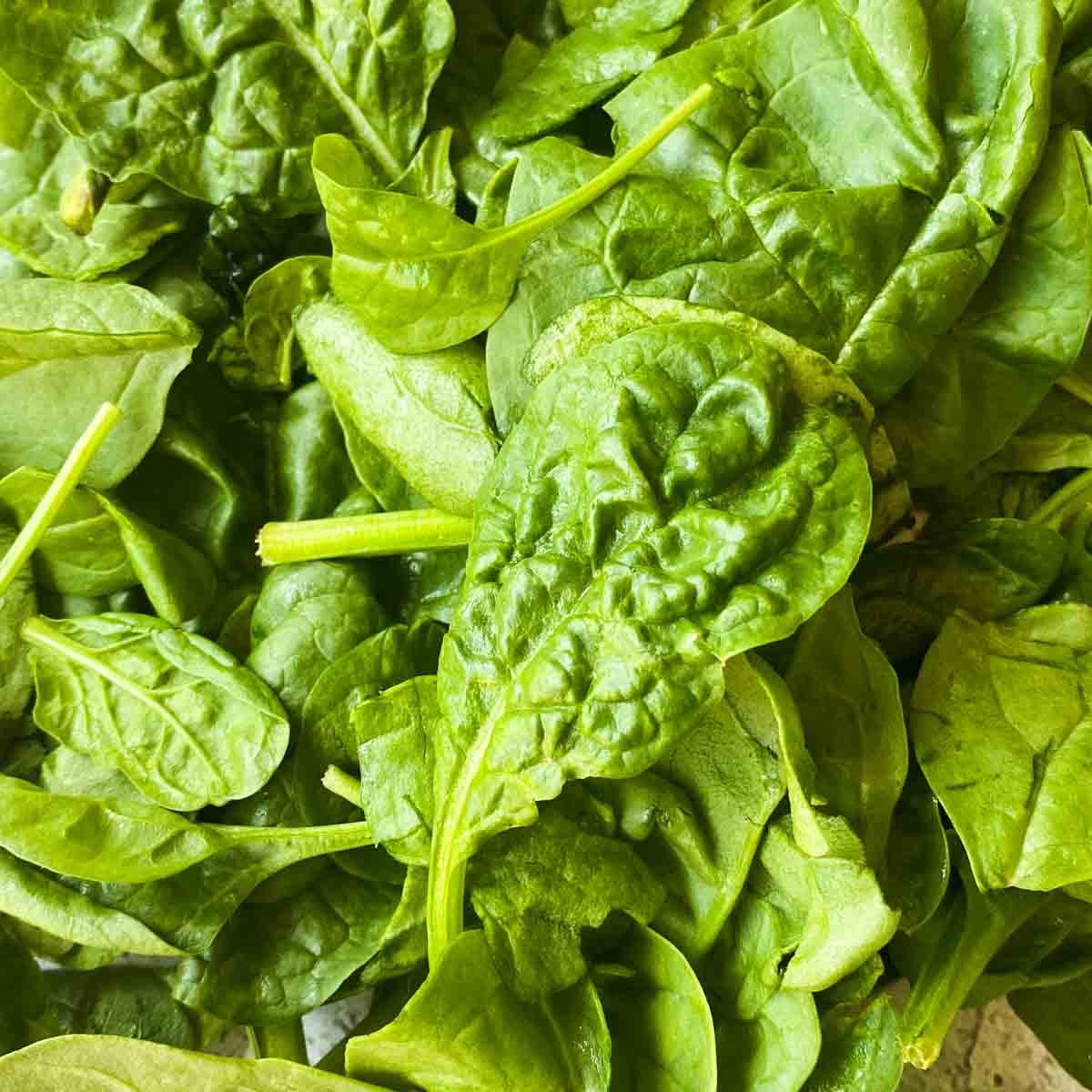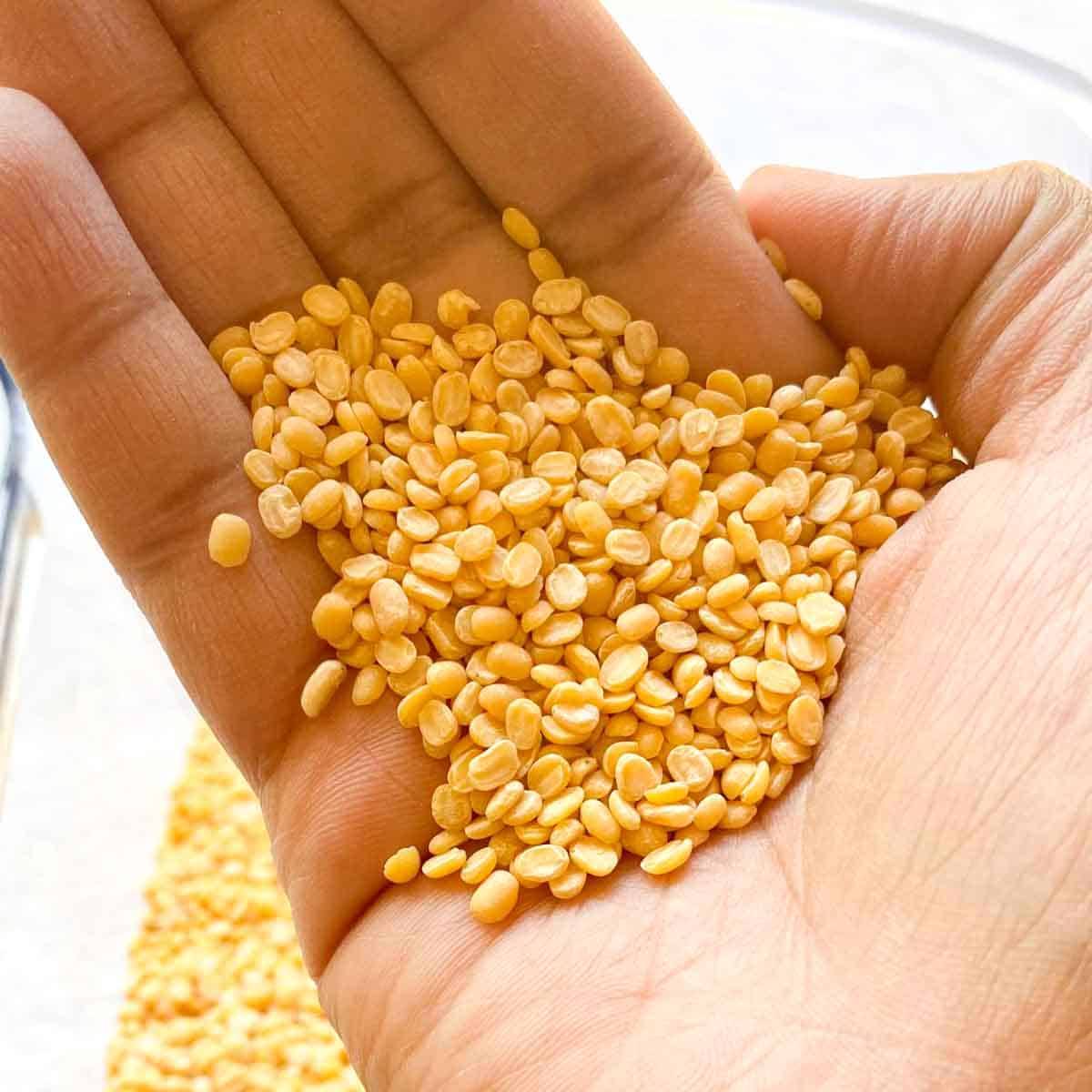Pasalai Keerai (Baby Spinach) - Baby spinach is my go-to variety as it is readily available in most United States grocery stores. The leaves of baby spinach are small and the stems tender which allows it to cook easily and meld into the dal in a homogenized creamy mixture. Paruppu Keerai (Purslane) - Paruppu keerai is named literally after this dish so it is a no-brainer that this is a great choice when making keerai paruppu if you can get your hands on it. Purslane is the english word for this vegetable and it has small leaves which are slightly sour. When whisked in dal, they help the dal considerably thicken and turn ultra creamy. Sirukeerai (Amaranth) - Sirukeerai or amaranth is a tender pointed leaf plant with a heartier texture than spinach. It is great for those who still like the texture of greens when eating dal. Kaadugu Keerai (Mustard Greens) - Kaadugu Keerai or mustard greens have a peppery, pungent, and slightly bitter flavor which adds a layer of complexity to dal!
Choosing the right dal and substitutes.
Moong dal (split and hulled) is my go-to dal because it doesn’t require soaking and cooks so quickly. In fact, on weeknights when the fridge is barren a simple stovetop moong dal topped with ghee satisfies my craving for dal while coming together in minutes. Be careful when buying moong dal because it comes in various forms from whole, split (unhulled), and split (hulled). The one you want for this recipe is the split and hulled. A great alternative to moong dal is masoor dal or red lentil dal which is just as thin and can be replaced 1:1 in a recipe, leading to a dish that can be made as fast as your favorite pasta. Another great alternative is toor dal also known as yellow split pigeon peas. Toor dal is a thicker dal variety so it is important that when replacing it for moong dal in recipes, it is soaked in water for at least 30 minutes up to overnight so it cooks easily. Alternatively, if cooked on the stovetop, you can increase the water content by 25% in the recipe and allow for a longer cooking time with this thicker toor dal.
Instant pot vs. other methods of cooking dal
Dal can be cooked on the stovetop or in an instant pot. The main distinction is that the stovetop uses gentle heat to cook the lentils and requires more time while the instant pot uses the help of pressure to quicken the process. The use of the instant pot is particularly helpful when you want to start a dal and forget about it whereas you need to keep an eye on stovetop dal to periodically check the water levels and ensure that the dal hasn’t overflowed. I’ve written an in-depth article on how-to cook any Indian dal which goes over the right dal to source, soak times, and cooking in pressure cooker vs stovetop. It is a really good primer to get you confident is whatever method of cooking decide to choose.






